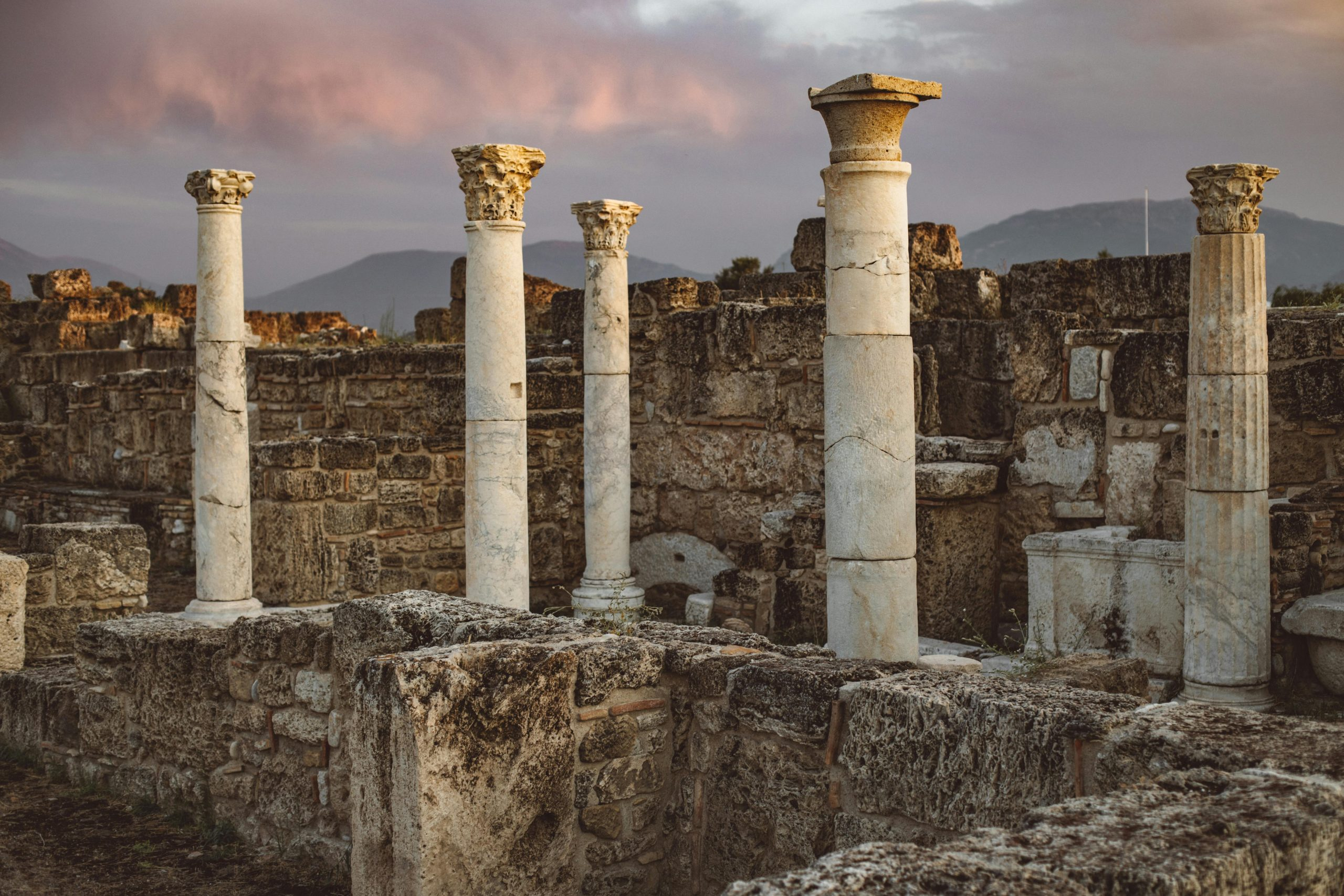Byzantine Banquets: Historical Recipes Adapted for Today’s Kitchens
Welcome to the decadent world of Byzantine banquets, where food is not just a source of sustenance, but a symbol of power and wealth. The Byzantine Empire, which spanned over a millennium, was renowned for its grand feasts filled with lavish spreads and delicacies. While the empire may have fallen, its legacy lives on in the form of historical recipes that have been adapted for today’s kitchens. In this article, we’ll take a deep dive into the extravagant world of Byzantine feasts and discover how these age-old recipes can still tantalize our taste buds today.
The opulent tradition of Byzantine banquets
Food has always played a crucial role in Byzantine culture, and banquets were a way for the empire to showcase its wealth, power, and sophistication. Hosted by emperors, aristocrats, and wealthy merchants, these feasts were meant to impress and intimidate nobles and foreign dignitaries alike. It was a way to solidify alliances, display political influence, and assert social status. These banquets were a display of not just food, but also the extravagant lifestyle and opulence of the Byzantine elite.
The ingredients of a grand feast
One of the key aspects of Byzantine banquets was the use of exotic ingredients and spices. The empire was strategically located at the crossroads of major trade routes, which allowed it to import a wide variety of ingredients from all over the world. From spices like cumin, saffron, and cinnamon to luxury items like gold and ivory, no expense was spared in creating the perfect feast.
The menu of a Byzantine banquet was also divided into courses, with each course presenting a variety of dishes. Meat, especially poultry, was considered a delicacy and was often roasted, grilled, or cooked in extravagant stews. Fish and seafood were also popular, as the empire was surrounded by the Mediterranean and the Black Sea. Fresh fruits and vegetables were also a staple, and could often be found in dishes like soups and salads.
Bringing Byzantine recipes into the 21st century
While the Byzantine Empire may be long gone, its culinary legacy remains. Many of the recipes from these grand feasts have been preserved through manuscripts and cookbooks that have been passed down through generations. Thanks to modern ingredients and cooking techniques, these recipes have been adapted to suit our taste buds today, while still maintaining their historical authenticity.
Reviving long lost flavors
The key to modernizing Byzantine recipes is finding the balance between retaining the traditional flavors and adapting to modern cooking methods. For example, dishes like fennel soup and honey-glazed chicken can be easily recreated in our kitchens, using ingredients that are readily available. Other dishes, like braised lamb with dried fruits and spices, may require a bit more effort to source the exact ingredients used in ancient times. However, the end result is well worth it – a taste of history in every bite.
A testament to the longevity of Byzantine cuisine
While many empires have come and gone, the culinary traditions of the Byzantine Empire have stood the test of time. Through the generations, these recipes have been adapted and passed down, showcasing the resilience of this ancient cuisine. It’s a testament to the rich cultural heritage of the Byzantine Empire and its influence on the modern world.
In conclusion
Byzantine banquets were not just about food, but also a representation of the empire’s wealth and status. These grand feasts may have been a thing of the past, but through the preservation and adaptation of historical recipes, we can still experience the flavors and traditions of this opulent world in our modern kitchens. So, why not channel your inner Byzantine aristocrat and recreate one of these lavish feasts in your own home? It’s the perfect way to honor the culinary legacy of an ancient empire.











